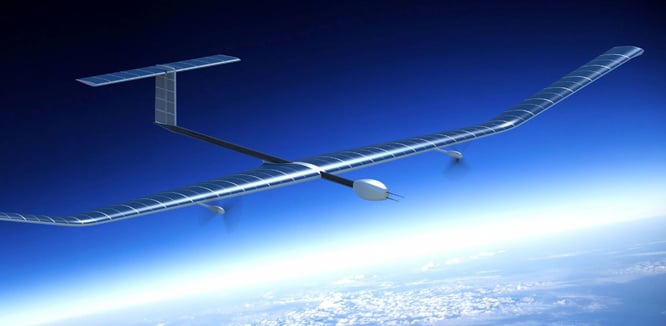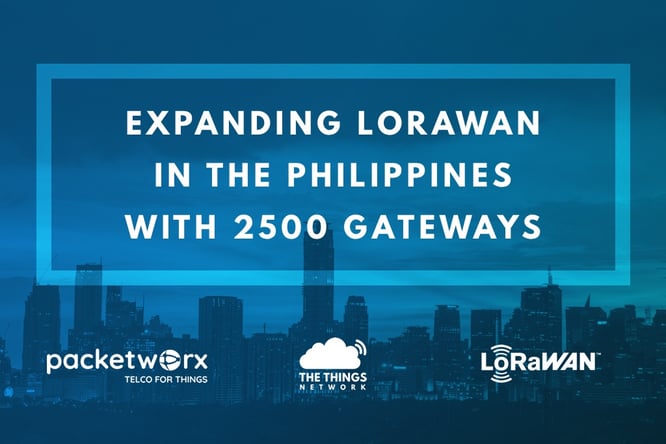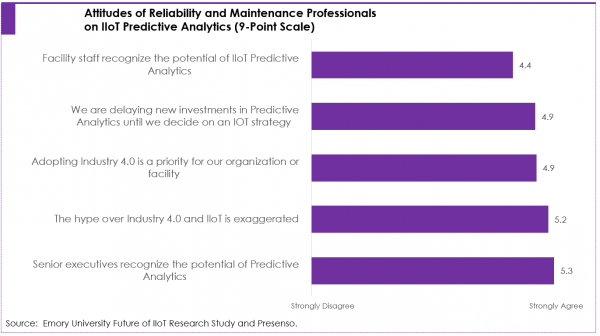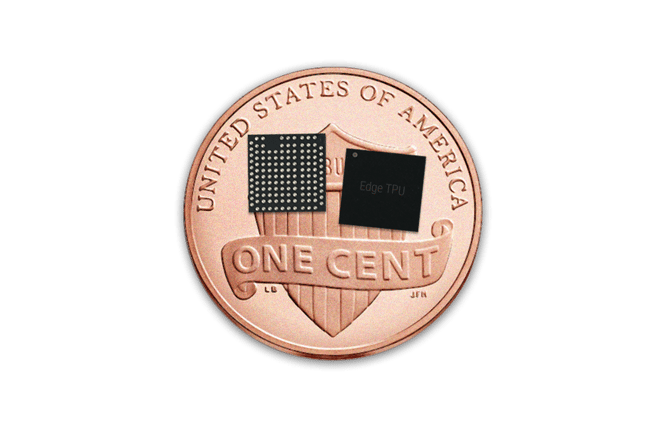Welcome to This Month in Things. Every month, we try to bring you the most interesting, important information you need on IoT. It's always quick, useful, and informative. Make sure you subscribe to stay tuned in to IoT.
Tommy Hilfiger Has Launched Smart Clothing
Tommy Hilfiger is testing a new model for smart clothing by embedding crewnecks, hoodies, and backpacks with microchips that track how often individuals wear their products. The line is called XPLORE. People can wear the items to earn points to receive rewards, and earn extra points by visiting the physical locations Tommy Hilfiger provides in its app.

This approach is different than the other smart clothing we've seen. Tommy Hilfiger wants to create a "micro-community of brand ambassadors" by rewarding individuals for wearing their products.
This Drone Can Deliver the Internet From the Edge of Space
Airbus is launching a new type of satellite. It's a high altitude pseudo-satellite called Zephyr. It flies much higher than an aircraft, but much lower than a satellite.

Zephyr solves a lot of the same problems as traditional satellites, like surveillance, environmental monitoring, and providing internet, but at a much cheaper cost. Concerning IoT, this drone can provide a network to devices in desolate areas that couldn't be connected before, enabling more use cases in more places.
Packetworx and the Things Network Expand LoRaWAN™ Deployment Across Philippines
Packetworx is creating a regional LoRaWAN™ network for the Philippines that will be open and accessible to anyone. The plan is to cover 90 percent of the Philippines by deploying 2500 gateways using The Things Network, which is a large community set out to build a public IoT data network.

Leveraging this community, Packetworx plans to help industries such as manufacturing, smart cities, buildings, and agriculture use this new network to create IoT solutions that add value to the Philippines. Large-scale deployments of LoRaWAN like this gives the community more case studies on how to operate, manage, and leverage a LoRaWAN network at scale.
Five Vectors of Progress in the Internet of Things
Many projects have failed to get over the hurdle of going from proof of concept to production. Despite all the challenges, Deloitte has pointed out five areas, that we can we can use to measure the progress of IoT industry. These five vectors are:
- Security
- Platforms
- Low-Cost & Power-Efficient Networks
- Artificial Intelligence
- Analytics on the Edge
As you analyze the IoT space, these five vectors are the places that affect IoT's value and potential the most.
The Plant Operator’s Perspective on Predictive Maintenance
A recent study on The Future of Industrial IoT Predictive Maintenance done by Emory University set out to gain the perspective of plant-level professionals when it came to the future of predictive maintenance will affect their day-to-day operations. Overall, what they found was that there is a gap in expectations between the plant employees and management. For example, they found that management understood the potential of predictive maintenance much more than the plant-level employees. Most of them weren't even familiar with the concept of the digital twin.

The most significant concerns of the plant professionals were the lack of knowledge and talent. On one hand, many are not familiar with Industry 4.0 concepts. On the other, solutions often require data scientists and there is already a severe labor shortage there.
Google Releases Edge-Focused Products at Cloud Next
During Google Cloud Next, Google launched two new edge-focused products to help people build connected applications with Machine Learning. First, they released Edge TPU; this is a new chip designed to run TensorFlow Lite models on embedded systems with optimized performance and cost.

Google's goal is to have incredibly fast training in the cloud, and process the models super fast at the edge, all using specialized hardware. Along with the chip, Google released Cloud IoT Edge. This software runs on Android Things or Linux OS-based devices, and lets you execute ML models on these devices. Right now, machine learning can have a significant impact on IoT, and these new tools can help enable that.
That's all for this month. Until next time, stay connected.
